Adventure on Film: The Duellists
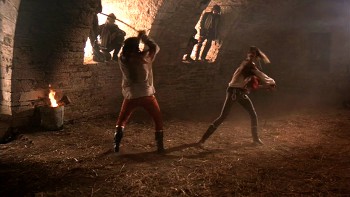 One of the oddest, most esoteric regrets in my life is that I long ago gave away my collection of the now defunct American Film magazine. Most of these, purchased primarily from sidewalk vendors in Manhattan, I do not care to recover; but I would give a great deal to have again the October issue from 1986. It contains a dialogue with film producer David Puttnam, and one small paragraph in that interview taught me more about collaboration than any other single event I know.
One of the oddest, most esoteric regrets in my life is that I long ago gave away my collection of the now defunct American Film magazine. Most of these, purchased primarily from sidewalk vendors in Manhattan, I do not care to recover; but I would give a great deal to have again the October issue from 1986. It contains a dialogue with film producer David Puttnam, and one small paragraph in that interview taught me more about collaboration than any other single event I know.
More on that in a moment. In the meantime, let me introduce one of Hollywood’s really fine on-screen adventures, The Duellists.
Now, I admit up front that as with The Horseman On the Roof, a title I explored a few weeks back, The Duellists contains no overt fantasy element; but what it lacks in sorcery, it more than makes up for in swords. Right out of the gate, Lieutenant D’Hubert (Keith Carradine, one of my very favorite actors) is ordered by a busy general to round up fellow cavalry man Feraud (Harvey Keitel) and escort him to the brig; it seems that Feraud has been dueling, illegally, with the mayor’s nephew. Feraud takes offense first to D’Hubert’s assignment and then to D’Hubert himself; he challenges him on the spot to a duel, an event D’Hubert, a reasonable man, ultimately cannot prevent.
Thus the wheel of this most simple of plots grinds into implacable motion: D’Hubert cannot ever contrive to avoid Feraud, and neither, in repeated duels, each instigated by Feraud, can ever quite kill off the other. Over the course of the Napoleonic wars, these two clash again and again in a battle both particular and symbolic. D’Hubert’s enlightened rationalism must stave off Feraud’s chivalric single-mindedness, and both, to D’Hubert’s dismay, must contend with the expectations of the times: that their differences constitute a “point of honor” (indeed, such was the title of the story on its U.S. publication), and that to settle this point, one of them must die.
But wait, you cry! What about David Puttnam and all those moldering magazines?
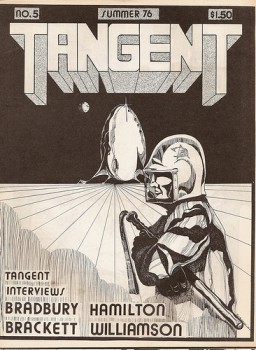
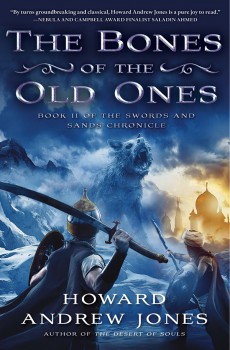 First, I want to point everyone
First, I want to point everyone  Once upon a time, I had the crazy idea that if a book was good, it would stay in print. I also figured that a “best-of” volume would probably have all the good stories from an author, and I was actually naive enough to think that if a work by a favorite author was out of print, it probably wasn’t as good as the work that was still on shelves.
Once upon a time, I had the crazy idea that if a book was good, it would stay in print. I also figured that a “best-of” volume would probably have all the good stories from an author, and I was actually naive enough to think that if a work by a favorite author was out of print, it probably wasn’t as good as the work that was still on shelves.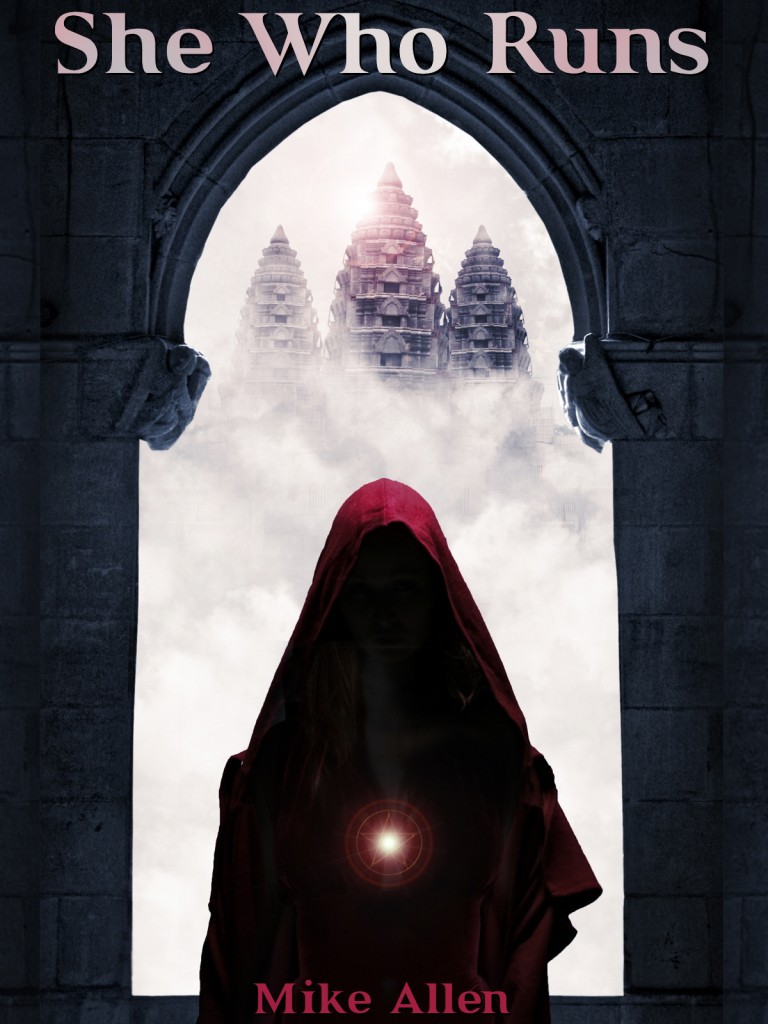
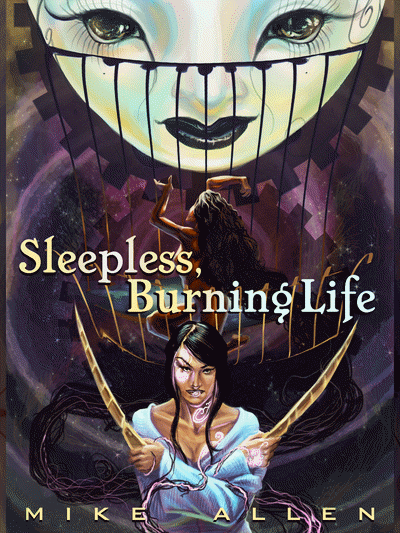

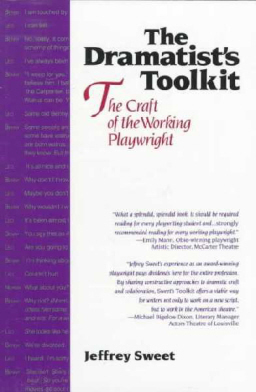
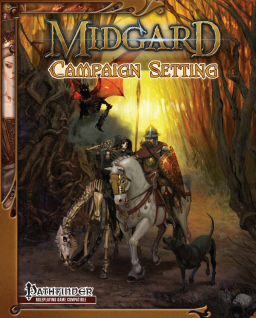
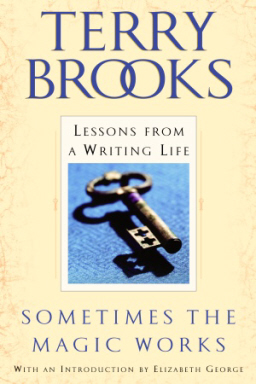
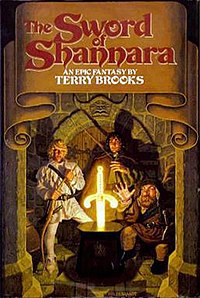 A confession: Terry Brooks’s novels are not my thing. That is not a judgment on him, just an observation that so far I haven’t really connected with his work. For the record, in the Grand Taxonomy and Hierarchy of Books That Aren’t My Thing, The Sword of Shannara gave me far more reading enjoyment than did James Joyce’s Ulysses.
A confession: Terry Brooks’s novels are not my thing. That is not a judgment on him, just an observation that so far I haven’t really connected with his work. For the record, in the Grand Taxonomy and Hierarchy of Books That Aren’t My Thing, The Sword of Shannara gave me far more reading enjoyment than did James Joyce’s Ulysses.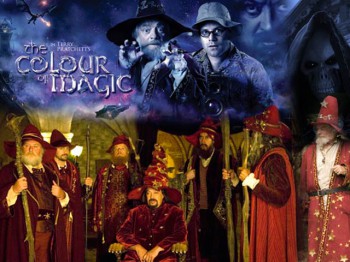 Once upon a very suspect time, a human being by the name of Terry Pratchett conjured up a space-traveling sea turtle by the name of A’tuin, and proceeded to make a sizable fortune from the disc-shaped world he emplaced upon her. In Pratchett’s Discworld novels, magic of the most unpredictable kind is the norm, and so it should come as no surprise that, eventually, somebody had to commit his unique brand of literary lunacy to celluloid.
Once upon a very suspect time, a human being by the name of Terry Pratchett conjured up a space-traveling sea turtle by the name of A’tuin, and proceeded to make a sizable fortune from the disc-shaped world he emplaced upon her. In Pratchett’s Discworld novels, magic of the most unpredictable kind is the norm, and so it should come as no surprise that, eventually, somebody had to commit his unique brand of literary lunacy to celluloid.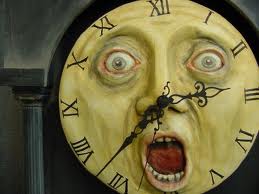 I’m busy.
I’m busy.